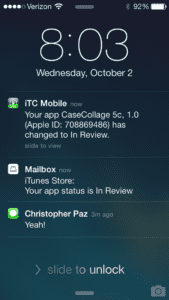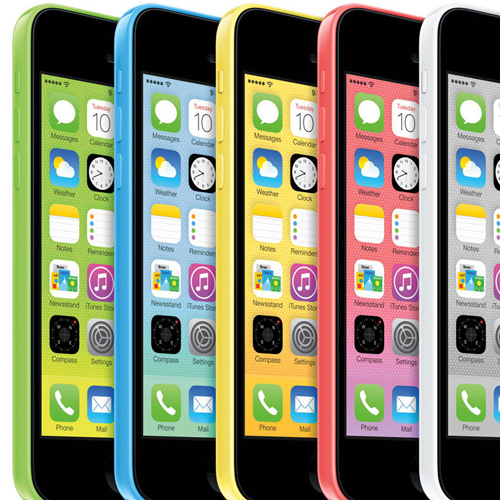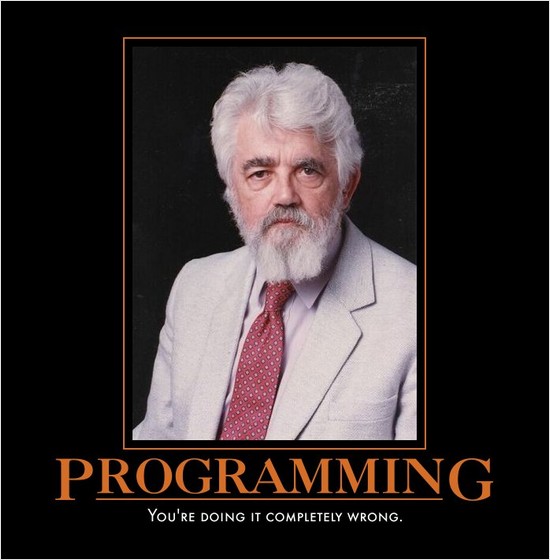People talk a lot about how to hire tech and where to find good talent but not a lot of people talk about whether or not you really need to hire.
You have a fledgling company – it is based in tech. Time to hire tech people right?

Actually, it depends.
Let’s let Wiley run the numbers for you:
- Hiring a mobile developer costs at the very least $100k a year (salary + tax/insurance/perks/bonuses)
- Hiring a development shop with a $100k budget would give you around 21 weeks of development
- BUT. Most mobile apps take us between 4 to 10 weeks to build
What are you doing with that extra time (money)? What do you get for that cost?
Advantages of Hiring
With an in-house developer you get one set of eyes who knows the structure of the project closely. They’re with you for the long-haul (hopefully) and they sit right next to you (assuming they’re not remote). They have a set of best practices that will hopefully set you on a course for engineering greatness.
Advantages of Partnering
With a development shop you get multiple people – and as a result the ability to speed up your project timeline if needed. You get different areas of expertise. Need someone who does Android development? iOS development? Bluetooth Low Energy? A development shop has a team with a breadth of experience and can pull a person that matches what you need at the moment. You benefit from their deep reservoir of experience and industry knowledge. LunarLincoln even offers guarantees on certain contracts, so if a bug is found, it gets fixed at no extra charge (good luck getting your employees to work extra long hours to fix their mistakes).
On CTO Full Stack Ninja Unicorns
What if I just hire a bad-ass CTO who can do our development AND manage things? Experience, vision, and skill right? With this approach you’d be committing a percentage of their time to development, but the real question here will be efficiency. Has your CTO shipped hundreds of apps and updates to the App Stores, and do they know the tricks to get that right? Will they make the right decisions the first time or will they have to rewrite things several times to get it correct? Basically, how much time will your CTO have to spend learning to get to the level of efficiency that of a seasoned developer whose sole responsibility is building apps? Plus, doesn’t your CTO have better things to do with their time? Why not focus them on the things that they’re really good at?
There are always downsides to both
What if you make the wrong hire? What if your developer only knows one language (iOS) and needs time to get the other platform down (Android)? What if your developer is sick, on vacation, quits during crunch time?
What if your dev shop doesn’t communicate well? What if they secretly put some noob on my project and the tech debt is staggering? What if they blew the budget and we’re only halfway done?
It happens. Hiring is scary. Spending money is scary. Partnering is scary. But you can do it.

What does all this back and forth really mean? You’ve given me pros and cons but no assessment?
Can you just give me one of those sweet decision flow charts already?
Ok, ok, ok.
Hire an in-house dev if:
- You know exactly what you need technically
- You have the budget to hire the best (and know HOW to hire the best)
- You’re going to need their specific skills long-term (beyond the initial push/development)
Hire an agency if:
- You don’t know how to hire the best yet (we did it for you)
- You have a limited budget runway
- You need to get to market fast
- Your project can benefit from a deep pool of technical skill
- You may only need development for the initial push and then time to regroup
Hire a CTO/Dev if:
- Don’t do this. Unless YOU are the CTO dev and then be prepared to be stretched really, really, thin.
- Get a consultant, take someone out to coffee, you don’t need this until its time to growgrowgrow.















